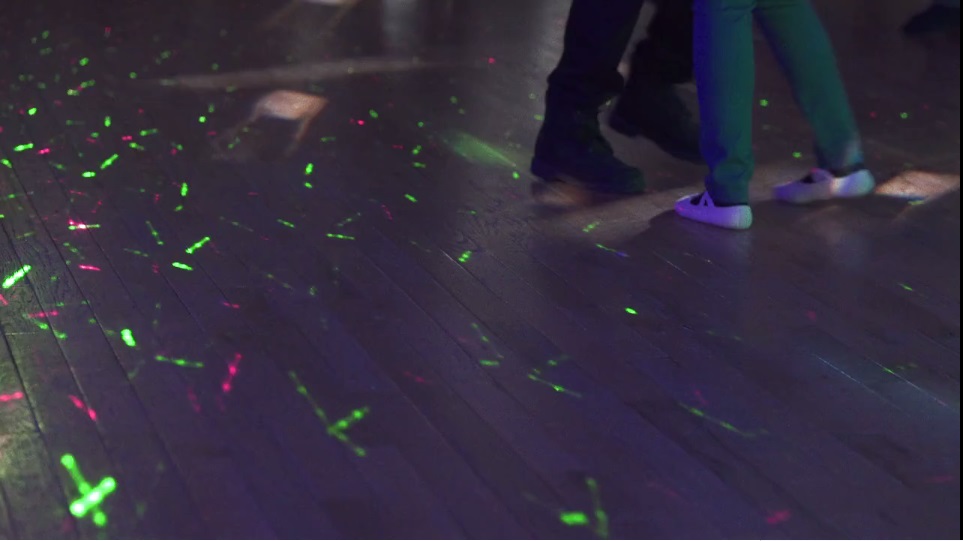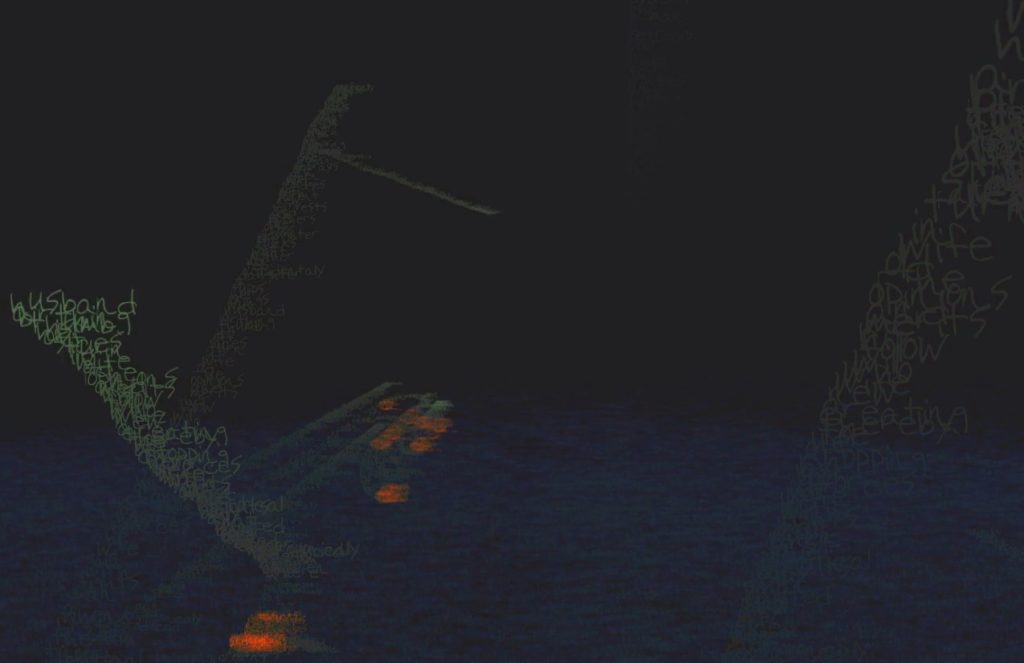Cross-Collaboration of Poetry: A Spotlight on the Work of Rebecca Morgan Frank

I find collaborative artistic endeavors which cross boundaries of form to be highly exciting. For example, in the world of music (the art form I am most familiar with), true magic happens when musicians collaborate with filmmakers, visual artists, or dancers—to name just a few possibilities. Though perhaps not as prevalent as the collaboration between musicians and film directors, poetry is a medium that lends itself easily to collaboration with artists who specialize in other forms. Poetry offers the reader a rare glimpse into the unique thought processes of the poet, perhaps, in a way arguably more direct than any other art form.
The works of 2013 Kate Tufts Discovery Award Finalist, Rebecca Morgan Frank, serve as shining exempla of the true synergy that occurs when artists of differing media are brought together. The prolific multi-award-winning poet, whose book Little Murders Everywhere garnered the Kate Tufts nod, is certainly committed to fostering cross-media collaboration. Filmmaker Jay Buim created a film based upon her poem “Caught”, composer Aaron Stepp created a digital soundscape installation using her poetry, and numerous composers have set various poems of hers to music throughout the years.

But the most prolific instance of her involvement with artistic cross-form collaboration stems from her role with Memorious, a poetry and fiction journal. As Editor-in-Chief, Frank has served to foster the collaboration of various composers and poets to create a quite extensive array of art songs. For those unfamiliar, an art song is essentially a poem set to music; such songs have a rich history dating back to the 17th century. Although one can identify and, in some sense, separate the two forms at play in an art song (namely, the musical composition and the poem) the ideal goal of an art song—as stated by website Art Song Update—is to “paint[s] for us a picture of what the poet might have envisioned.”
It is this blending of artistic works: this birth of a hybrid form of expression that truly intrigues me. When I sampled the art songs archived on the Memorious website I would begin by reading the poem first, and only afterwards would I listen to the complete art song as a whole. It was striking what a different experience the latter was compared to the former; I was able to make this contrast even more palpable by listening to the art song “passively”: without reading along with the lines of poetry. In doing so the boundaries between the meter of the poem, the actual words of the poem, the instrumental accompaniment, and the melody of the singer became increasingly blurry and less discrete. In this way, I truly felt like I was witnessing a novel form of artistic experience as a listener.

Whether the collaboration of poets with artists of other forms represents a true artistic trend (or merely the desire of a few like-minded poets with a predilection for originality) remains to be seen. Regardless, I applaud the efforts of those poets who have engaged in such collaborative projects. Not only is there a practical benefit to be had for poets to combine forces with artists of other forms in terms of diversifying their interests, but I truly believe that such projects are a promising avenue towards creating exciting new forms of expression. I think the works already created by poets such as those involved in the Memorious archive, compiled by Frank, stand as testament to the great potential of artistic collaboration across forms.
—Michael Kemp
Share